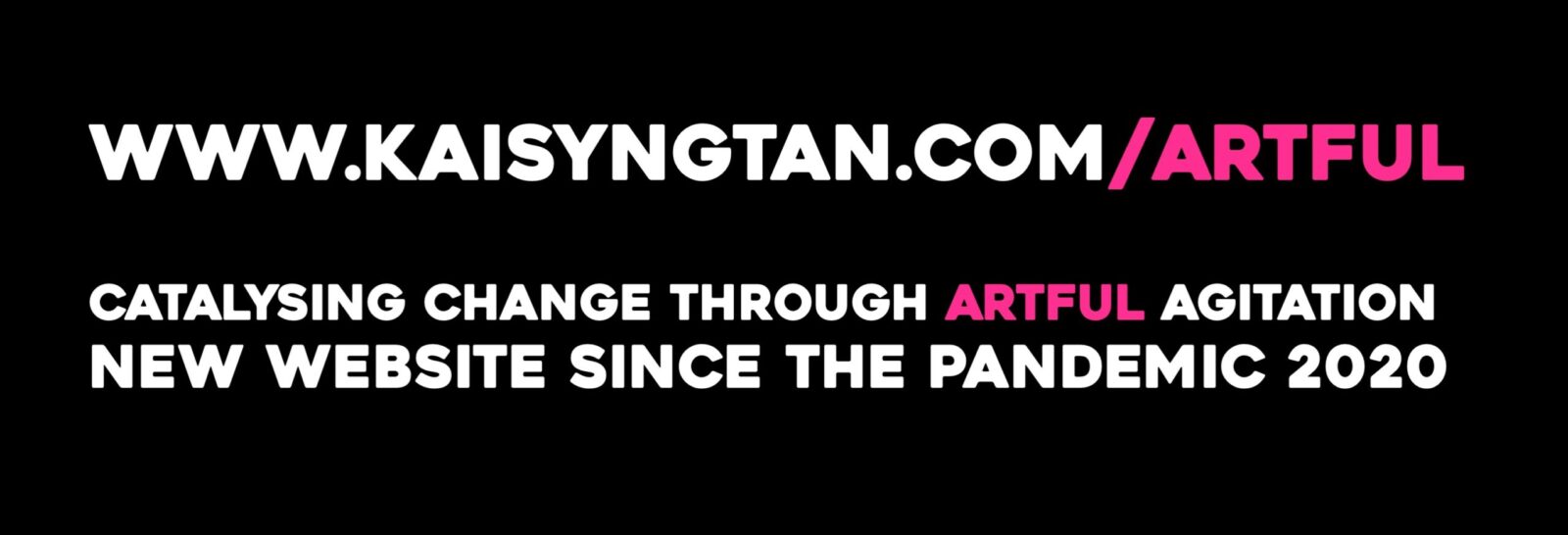Are you a neuroscientist? Are you keen to investigate the correlation between ASSOCIATIVE THINKING EXPERIENCED BY RUNNERS / A RUNNER DURING THE RUNNER’S HIGH and ASSOCIATIVE THINKING AS EXPERIENCED BY THE/AN ASPERGERS’ MIND? Call RUN! RUN! RUN! now, to create this unique exploration in which art and neuroscience collide and create fireworks.
[ppmaccordion][ppmtoggle title=”OVERVIEW & AIMS”]This is another new strand of research rough classified under Running (runner’s high) + Aspie + Creativity that RUN! RUN! RUN! aims to embark on for the year 2015. Nothing is pinned down or causal; everything is fluid, exploratory and speculative.
It aims to explore the correlations between:
- associative thinking experienced by the Asperger’s mind (‘aspie’) (via the works of Professor Simon Baron-Cohen, Dr Bhismadev Chakrabarti and autism activist Dr Temple Grandin)
- associative thinking experienced by the runner during running and/or the runner’s high (creative insight; ‘torrent of ideas’; ‘guerrilla of ideas’ as documented by runners and scientists)
- the philosophy of associative/correlative/poetic thinking (via Lao Zi, Heidegger, Hall and Ames, Miller, et al)
- (cross referencing other schools of thought regarding creative thinking. Notes and lit reviews of the following books coming soon: Bono, Edward de. 2000. Six Thinking Hats. 2Rev Ed edition. London: Penguin. Csikszentmihalyi, Mihaly. 2004. Flow. Peters, Prof Steve. 2012. The Chimp Paradox: The Mind Management Programme to Help You Achieve Success, Confidence and Happiness. London: Vermilion).[/ppmtoggle] [ppmtoggle title=”QUESTIONS”]
The research question or rather questions are yet to be formulated. RUN! RUN! RUN! is uncertain yet what we are looking for, what ‘answers’ we hope to find. However, we are curious to find out:
- if these different strands are related
- if so, how so
- how this finding can enhance our understanding of ‘unusual’ or neuroatypical ways of thinking
- how to use associative thinking to associate these different strands together
- how this approach to thinking could be structured into steps or approaches that can be useful to enhance creative thinking
- how this approach to or technique of thinking can be an interesting worldview or way of looking at the world that people who do not run or who do not have Asperger’s can also make use of.[/ppmtoggle] [ppmtoggle title=”CONTEXTS”]At the meantime, the following are resources that RUN! RUN! RUN! is gathering:
RUNNING AND ASPERGER’S
- Beautiful post by Alan Thwaits 2011 from his blog, Barefoot Journey: Running Naturally. ‘When I run, that little glass room gets bigger. Much, much bigger.’ ‘I know it’s not going to go away, or even change significantly. So I do what I can to recognize that it’s a gift of sorts, and to use it to live well.’
- Forum in running website Lets Run.
WHAT IS ASPERGER’S? (WHAT IS AUTISM?)
Views by autism activist Dr Temple Grandin, who was diagnosed as autistic aged 2:
- ‘I think in pictures, not words’; ‘My mind works like Google for Images’. ‘I didn’t know that my thinking was different, I thought everyone thinks in pictures’. 2010 Ted Talk.
- This way of thinking is ’bottom up thinking’ (not theory-led, not abstract, but picture-led), in a continuum (rather than in isolation). 2010 talk at the University of Michigan. (One of the interesting things about this talk is how Dr Grandin goes off script and digresses at several points!)
- Grandin, Temple. 2006. Thinking in Pictures. 2nd edition. Place of publication not identified: Bloomsbury Publishing PLC. → Notes and lit review coming soon.
- Grandin, Temple. 2014. The Autistic Brain: Helping Different Kinds of Minds Succeed. Reprint edition. Mariner Books. → Notes and lit review coming soon.
- Oliver Sacks’ beautiful and moving account of Grandin in 2012. An Anthropologist on Mars: Seven Paradoxical Tales. London: Picador. This, and Sacks’ other essay on a surgeon with Tourettes are exquisite. → Notes and lit review coming soon.
WHAT IS ASPERGER’S? (WHAT IS AUTISM?)
More information:
- The sensory world of autism
- Traits in females
- Repetition and patterns
- Syndromes
- Information sheets
- FAQ
- Test by Neuroscientist Professor Simon Baron-Cohen, Cambridge’s Autism Research Centre, on Autism-Spectrum Quotient (AQ), as a measure of the extent of autistic traits in adults. (Notes and lit reviews of the following related works coming soon: Baron-cohen, Simon. 1997. Mindblindness: Essay on Autism and the Theory of Mind. New edition edition. Cambridge, Mass.: MIT Press. Baron-Cohen, Simon. 2012. Zero Degrees of Empathy. London: Penguin.)
- How to talk about Aspergers and autism
- UK brain bank for autism
- A-Z topics
RELATED (?) CONDITIONS
- Dyspraxia (adult dyspraxia). Click here for free dyspraxia test and here to learn more about it.
- Dyslexia
RESEARCH
MRI as tool for new insight?

